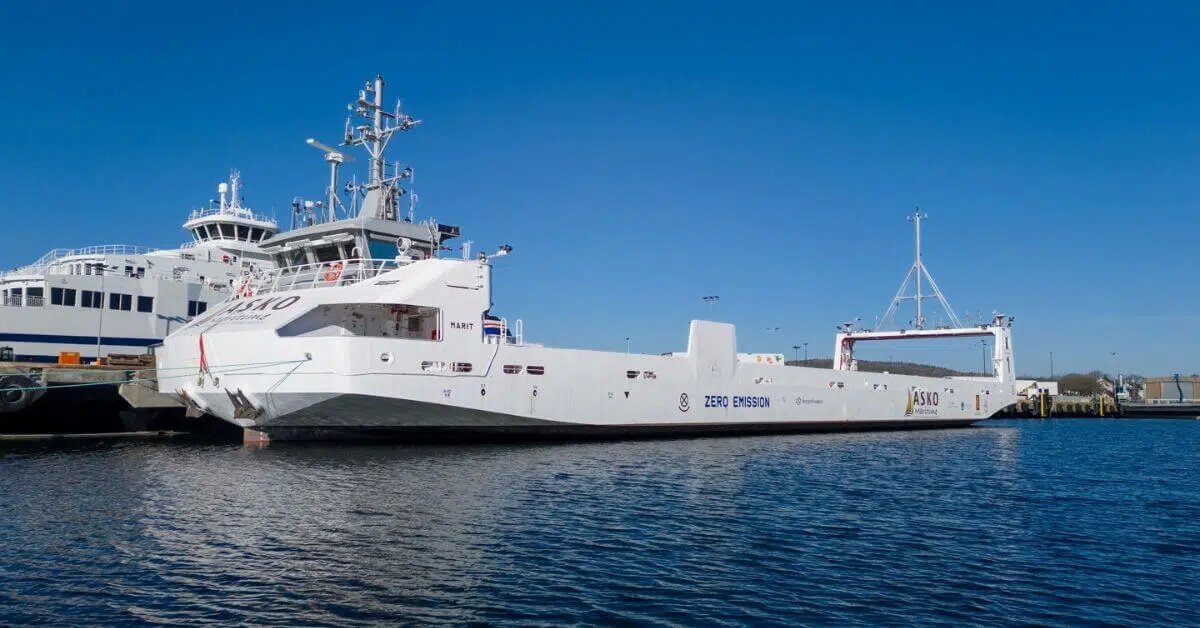Export terminals reach full capacity amid export surge
The ongoing expansion of NGL production facilities in the US, coupled with stagnant domestic demand, pushed up inventory levels; meanwhile, robust demand from PDH plants in China resulted in high US exports in 2024, which rose 13.7% in 2024, reaching 65.7 million tonnes. These factors led to a scenario wherein terminals have been continuously operating near or above capacity for the last two years.
Terminal fee soars as idle capacity shrinks
Overpressure at terminals created by limited spare capacity, along with weather and maintenance related delays, led to an increase in terminal fees over the year. Terminal fees for loading VLGCs at US Gulf Coast export terminals reached record highs in 2024, peaking at $165 per tonne in September. The terminal fees even surpassed the spot rates on the US-Japan route.
High terminal fees reduced arbitrage
Elevated terminal fees triggered the narrowing of the US-Asia arbitrage. However, low Mt Belvieu propane prices and subdued VLGC spot rates on the benchmark US-Japan route kept the US-Asia arbitrage narrow, although volatile.
Given that Mt. Belvieu prices are susceptible to weather-related uncertainties, the market remains volatile. For instance, in January, Mt. Belvieu prices jumped 15% MoM, reaching $467 per tonne due to a cold snap that disrupted vessel loadings. Additionally, the surge in spot rates driven by unstable market conditions can abruptly narrow the US-Asia arbitrage. This vulnerability to weather disruptions was evident from May to September when hurricanes and storms delayed shipments and drove spot cargo premiums higher.
Terminal expansions underway
Growing export demand and instability have driven terminals to ramp up export infrastructure and expand capacity. In response, plans are underway to add refrigerated capacity at these terminals.
This latest round of terminal expansions differs from earlier plans in two key aspects. First, there is a shift in focus towards building ethane export capacity. Second, there is an element of loading flexibility between propane, butane, and ethane. Once these expansion projects are complete, the installed LPG export capacity along the US Gulf Coast is expected to increase to 100 mtpa by 2029, up from the current 60 mtpa, accounting for both dedicated and flexible capacity.
Although these expansion projects will boost the US Gulf terminal’s capacity by the end of the year, full operations will take time. Additionally, export growth is expected to outpace the expansion in terminal capacities. Consequently, US terminals will face another year of high export burden, at least until the Nederland terminal starts operations. Terminals will need to maintain high utilisation rates to accommodate the rising exports. As a result, terminal fees are expected to remain high in 2025, and tight spot cargo availability will persist in 1H25.
This will restrain US exports and LPG supply in 1H25. However, as new terminals start operations, US LPG supply would increase.
Conclusion
The constrained US supply in 1H25 is expected to worsen the vessel surplus in the VLGC market, squeezing VLGC rates. Additional export capacity at the Nederland terminal in 2H25 can increase the vessel loadings, depending on the ramp-up period. However, in a potential US-China tariff war scenario, we foresee China’s imports from the US (which accounted for 30% of US LPG exports in 2024) to decline in favour of Middle Eastern supplies, reducing the tonne miles demand and worsening the vessel surplus. Meanwhile, US exports will be affected as they struggle to find a replacement market for China. Furthermore, the fall in trade can impact the ongoing project expansions with delays and possible cancellations of future projects.
Source: Drewry






